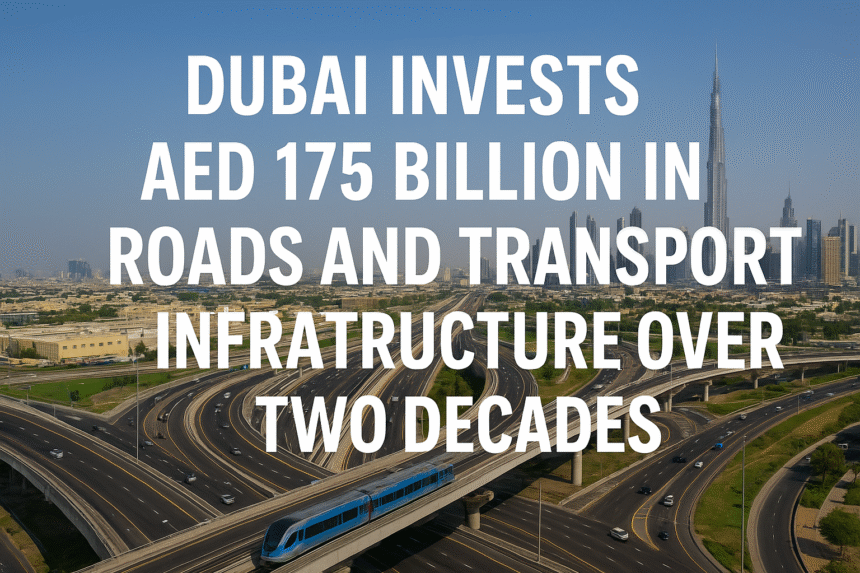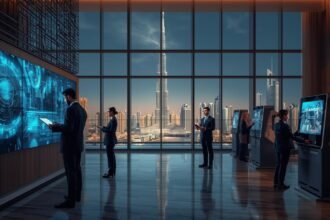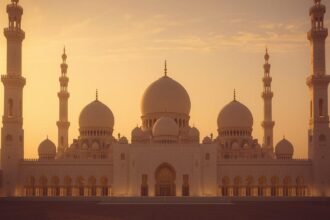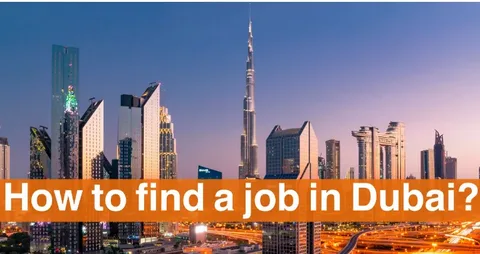Sheikh Mohammed Bin Rashid Al Maktoum, Vice President and Prime Minister of the United Arab Emirates and Ruler of Dubai, announced on the X platform on Monday that the Roads and Transport Authority (RTA) was established in Dubai twenty years ago.The emirate’s investment of AED 175 billion in roads and transport infrastructure reflects not just financial commitment, but a deep understanding of how efficient movement supports economic growth, social development, and environmental sustainability.
- Transforming Dubai’s Roads and Transport Network
- Driving Economic Growth Through Connectivity
- Smart Mobility (Shaping the Future of Urban Transport)
- Sustainability at the Core of Infrastructure Planning
- Enhancing Safety and Efficiency
- RTA’s Role (Two Decades of Innovation and Achievement)
- The Road Ahead (Dubai’s Next Mobility Frontier)
- Conclusion
This two-decade journey, led by the Roads and Transport Authority (RTA), has reshaped the city’s mobility landscape turning deserts into connected districts and positioning Dubai as a leader in innovation-driven infrastructure.
Transforming Dubai’s Roads and Transport Network
When Dubai launched its long-term mobility vision in the early 2000s, the city faced a pressing challenge: keeping pace with a fast-growing population and booming economy. In response, RTA implemented a series of mega projects that have since become landmarks of urban engineering and planning.
Today, Dubai boasts:
- Over 25,000 lane-kilometres of roadways connecting residential communities, business hubs, and industrial zones.
- A modern network of bridges, tunnels, and flyovers that ease congestion and improve safety.
- The Dubai Metro, the Middle East’s first fully automated urban rail system, carrying hundreds of millions of passengers annually.
- The Dubai Tram and an extensive public bus network, providing reliable, affordable, and sustainable mobility options.
- Expanding cycling tracks and pedestrian paths, reinforcing the city’s commitment to a healthy, active, and sustainable lifestyle.
Each of these projects contributes to Dubai’s status as one of the world’s most efficient and innovative urban transport systems.
Driving Economic Growth Through Connectivity
Transport infrastructure is the backbone of economic development, and Dubai’s experience proves it. The AED 175 billion investment has delivered far-reaching economic and social returns.
Efficient roads and public transport systems have shortened travel times, reduced fuel consumption, and enhanced logistics performance boosting productivity across multiple sectors. Areas close to metro stations, major highways, and transport corridors have seen property values rise steadily, reflecting the strong correlation between accessibility and urban development.
Moreover, the logistics and tourism sectors have benefited immensely from Dubai’s world-class infrastructure. With smoother connections to airports, ports, and industrial zones, the city continues to attract global businesses and investors.
Experts estimate that for every dirham spent on infrastructure, Dubai generates several dirhams in economic returns demonstrating the long-term value of visionary public investment.
Smart Mobility (Shaping the Future of Urban Transport)
Dubai’s infrastructure investment has always been guided by a forward-looking approach. Beyond building physical roads and railways, the emirate is pioneering smart mobility solutions designed to make transport more intelligent, efficient, and environmentally friendly.
RTA has deployed AI-driven traffic management systems, smart toll gates, and real-time public transport tracking to enhance user experience and reduce congestion. These technologies contribute to Dubai’s transformation into a smart city, where data and innovation improve daily life.
Autonomous vehicles and electric mobility are key pillars of Dubai’s transport future. Pilot projects for self-driving cars and electric buses are already underway, with the goal of making 25% of all trips autonomous by 2030.
Such initiatives align with the Dubai Clean Energy Strategy 2050 and Dubai Urban Plan 2040, both of which aim to reduce carbon emissions, promote sustainable growth, and enhance liveability.
Sustainability at the Core of Infrastructure Planning
Dubai’s leadership recognizes that sustainable transport is essential for long-term urban success. The city’s infrastructure plan integrates environmental, social, and economic sustainability principles at every stage.
RTA continues to expand cycling paths, electric vehicle charging networks, and green mobility corridors that encourage residents to shift towards cleaner transport modes.
In addition, Dubai’s “20-minute city” concept introduced under the Urban Plan 2040 envisions communities where most daily needs can be met within a 20-minute walk or cycle. This initiative promotes compact urban development, reduces congestion, and supports healthier lifestyles.
Enhancing Safety and Efficiency
Another remarkable outcome of Dubai’s infrastructure investment is the significant improvement in road safety.
>Traffic-related fatalities have dropped dramatically over the past two decades, thanks to improved road design, stricter regulations, and public awareness campaigns.
Smart surveillance systems, advanced signal control, and intelligent transport technologies ensure smoother traffic flow and faster emergency response times making Dubai’s roads some of the safest in the region.
RTA’s Role (Two Decades of Innovation and Achievement)
Since its establishment in 2005, the Dubai Roads and Transport Authority (RTA) has been the driving force behind the emirate’s infrastructure transformation. Under its leadership, the city has executed hundreds of projects that align with global best practices while addressing local needs.
From mega interchanges such as the Business Bay Crossing and Shaikh Zayed Road expansions to large-scale sustainability initiatives like Dubai Water Canal bridges and smart parking systems, RTA has consistently delivered results that blend innovation with efficiency.
The Road Ahead (Dubai’s Next Mobility Frontier)
While the achievements of the past two decades are impressive, Dubai’s transport journey is far from over. The city’s population and economic activity continue to grow, creating fresh demands for capacity, sustainability, and innovation.
Looking ahead, Dubai plans to:
- Expand its public transport share through metro and tram extensions.
- Develop autonomous and electric vehicle infrastructure.
- Enhance first- and last-mile connectivity for a seamless commuter experience.
- Promote data-driven urban mobility planning to optimize resources.
These efforts will ensure that Dubai remains at the forefront of global mobility innovation—delivering a transport network that is efficient, sustainable, and future-ready.
Conclusion
Dubai’s AED 175 billion investment in roads and transport infrastructure over two decades stands as a testament to its vision, leadership, and strategic foresight. It’s not just about building roads it’s about building connections, opportunities, and a sustainable future for generations to come.
Emirate continues to evolve into a global hub for innovation and lifestyle, its transport infrastructure will remain the backbone of progress. A city where movement is seamless, growth is sustainable, and the possibilities are limitless.





